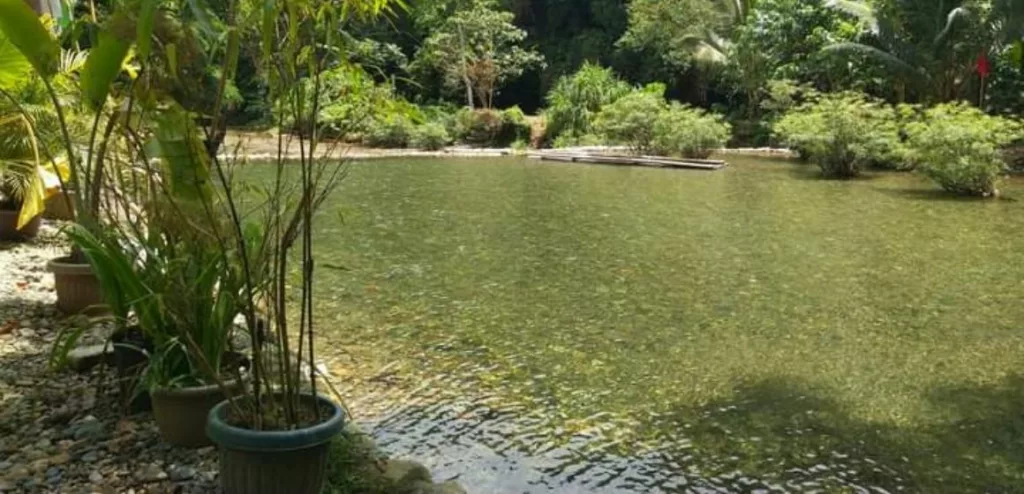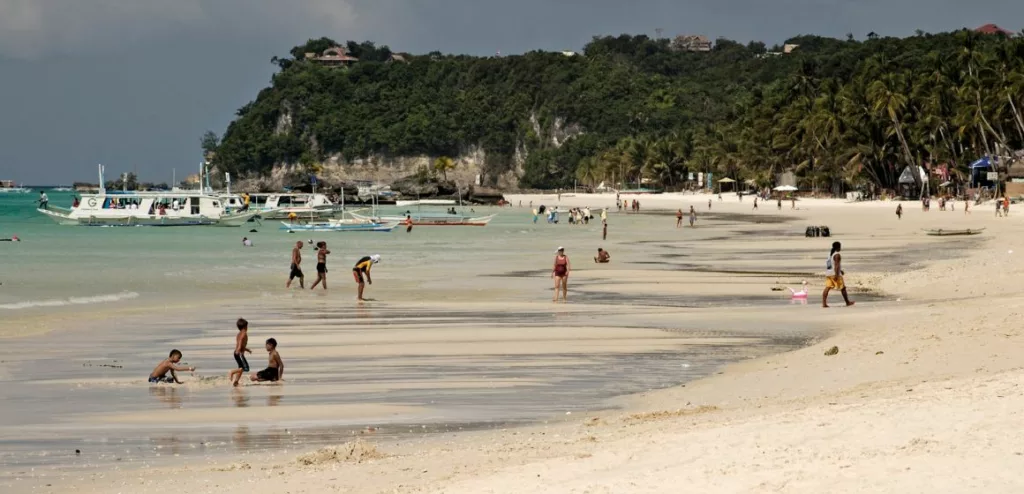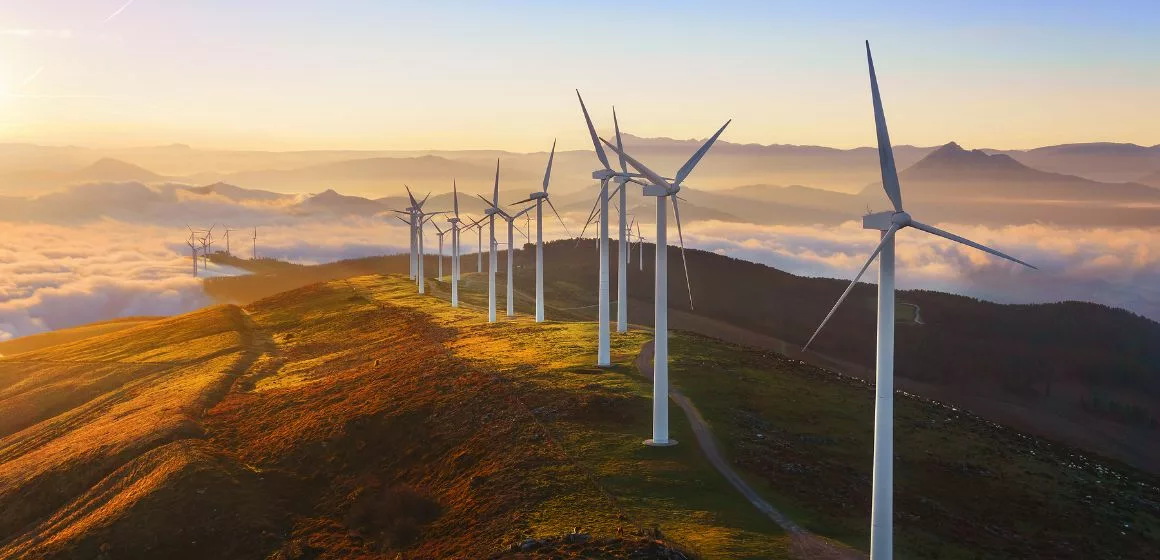Renewable energy projects are often hailed as the vanguards of environmental sustainability, yet the Nabas Petrowind Project serves as a stark reminder that even green initiatives can have unintended consequences. This wind power project, located in Northwest Panay Peninsula, has raised concerns about its potential harms, impacting both the local community and the renowned tourist destination, Boracay.
Environmental Disruption
The construction and operation of wind turbines in the Nabas Petrowind Project area pose a threat to local ecosystems. Several studies indicate that wind farms can disturb wildlife habitats and contribute to bird and bat fatalities. This disruption not only endangers biodiversity but also challenges the project’s claim to sustainable and eco-friendly energy generation.
Social Injustice

Local communities, notably Nabaoy, directly impacted by the project, have expressed concerns about being excluded from the Environmental Impact Assessment (EIA) process. The lack of community involvement raises questions about social justice in the development of renewable energy projects.
Boracay’s Vulnerability
While located on a different island, the Nabas Petrowind Project’s environmental impact could reverberate to neighboring areas, including Boracay. Increased tourism and development in Boracay may indirectly contribute to ecological stress, making the preservation of nearby protected areas even more crucial.

Striking a Balance
As we navigate the complexities of renewable energy, it is imperative to strike a balance between green initiatives and environmental preservation. Sustainable development should prioritize inclusivity, ensuring that local communities are active participants in decision-making processes.
In our pursuit of a greener future, it is essential to critically assess each renewable energy project’s potential harms, considering both environmental and social dimensions. The Nabas Petrowind Project stands as a poignant case, urging us to reevaluate our approach to green energy for a truly sustainable and equitable future.







Leave a Reply